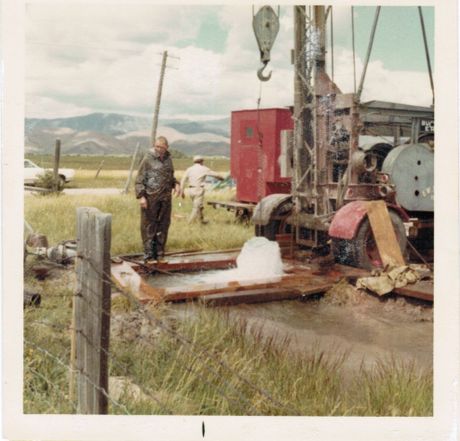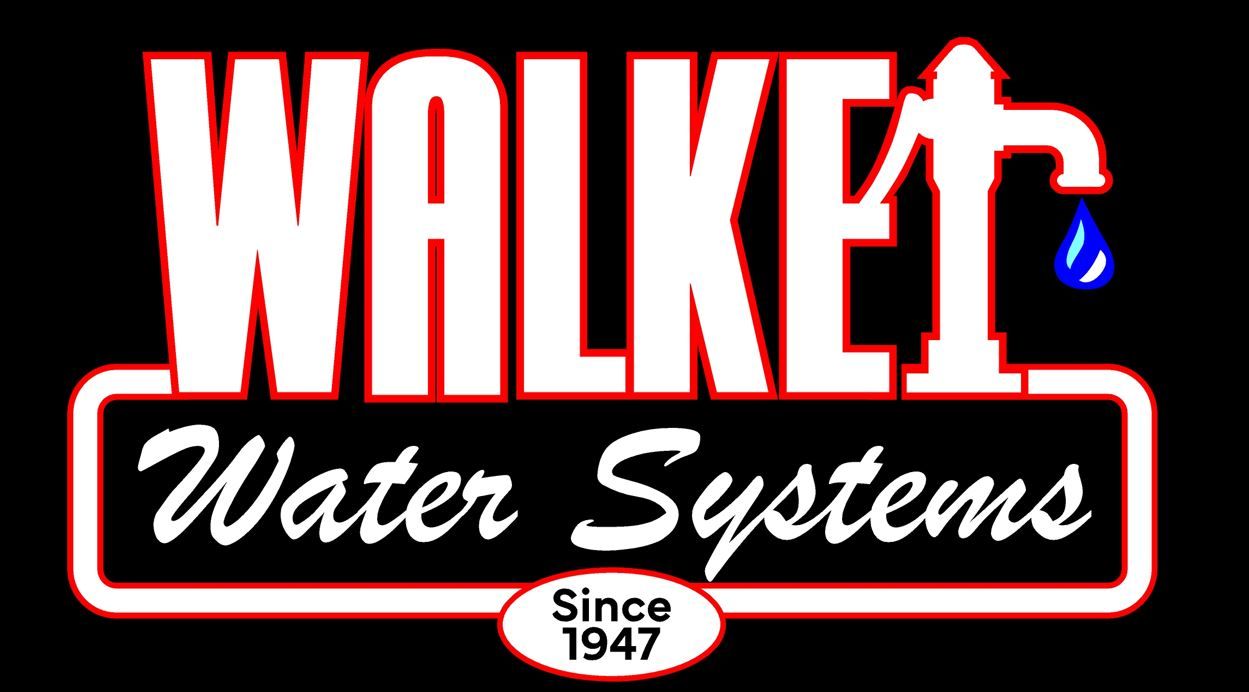Call Us Today! 208-733-474
Wood River Area: 208-726-5145
Call Us Today! 208-733-4744
Wood River Area: 208-726-5145
Well and Pump Service for the Magic Valley and Sun Valley
Quality Well, Pump, and Water System Service since 1947.
Gene Walker started drilling water wells in Idaho in 1947, and we are proud to continue his tradition of quality water well, pump and system service. We want our customers get as much water as they need for the lifetime of their system.

A little about us…
Water is Idaho’s most precious resource – you can’t run a home or a business without it. At Walker Water Systems, we think that if you spend a little more on the installation, you’ll get years of reliable, hassle-free water. We use quality parts and equipment, and many of our systems run for 30 years (or more!) without a service call.
If you’re out of water and need to have your well or pump fixed, try our FAQ and Troubleshooting page. Or give us a call, we might be able to talk you through a quick fix over the phone (and save you the price of a service call). If you’re curious about what it looks like down the well, here’s a video of a camera going down a well. (The pump has been taken out so the camera will fit.)
We offer service in nearly all of Idaho’s Magic Valley and Wood River Valley. We wells and repair pumps in Twin Falls, Shoshone, Hailey, Bellevue, Ketchum, Sun Valley, Jerome, and Gooding.
We offer free estimates, low total cost of ownership, and reliable service. Our trained and experienced technicians have over 25 years of experience in the field and can accurately diagnose problems. That way, you don’t spend money on an unnecessary repair, or on work not listed on an estimate.
Call us today – 208-733-4744, or 208-726-5145. Or you can email us at natalie@walkerwatersystems.com.
Phone: 208-733-4744 | Wood River Area: 208-726-5145
Address: 2414 Addison Avenue E Twin Falls, ID 83301
Business Hours
Mon - Fri: 8 a.m. – 5 p.m.

